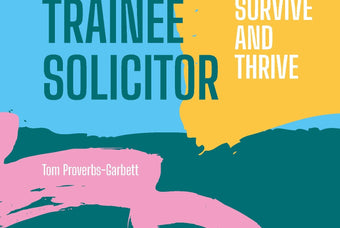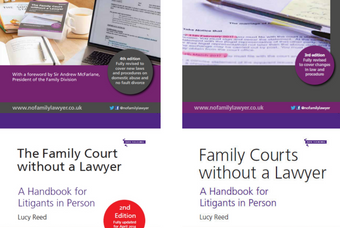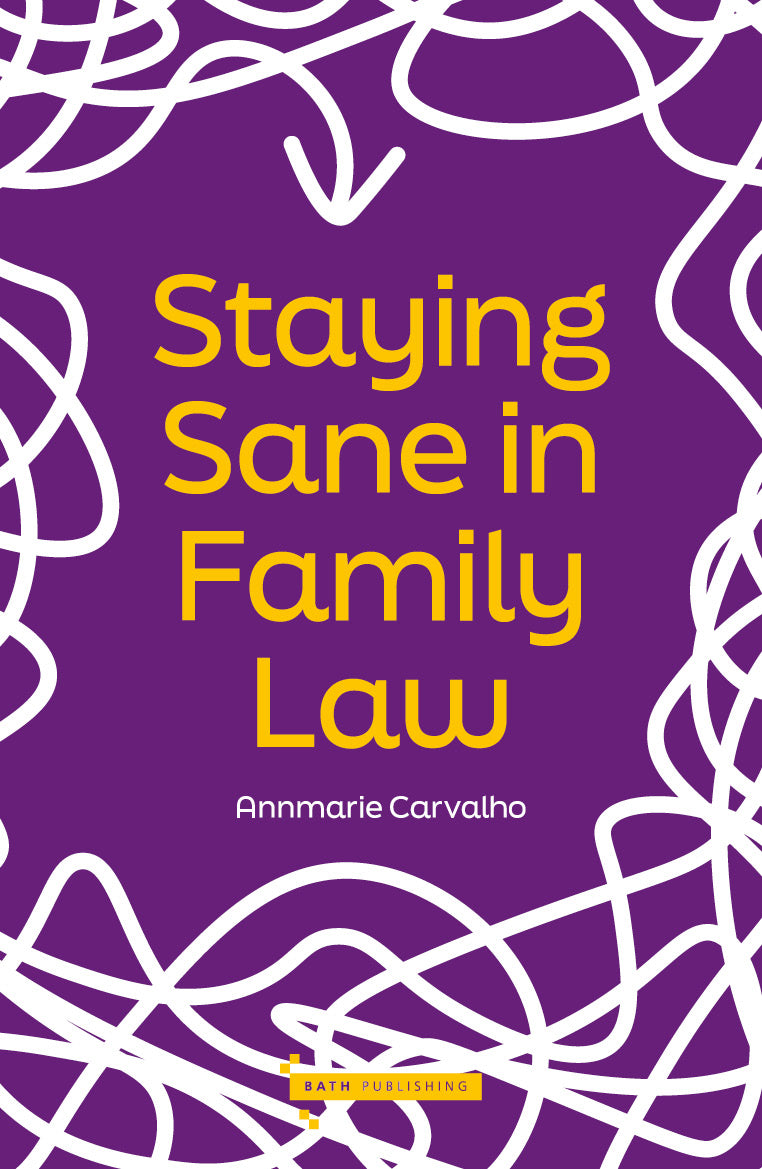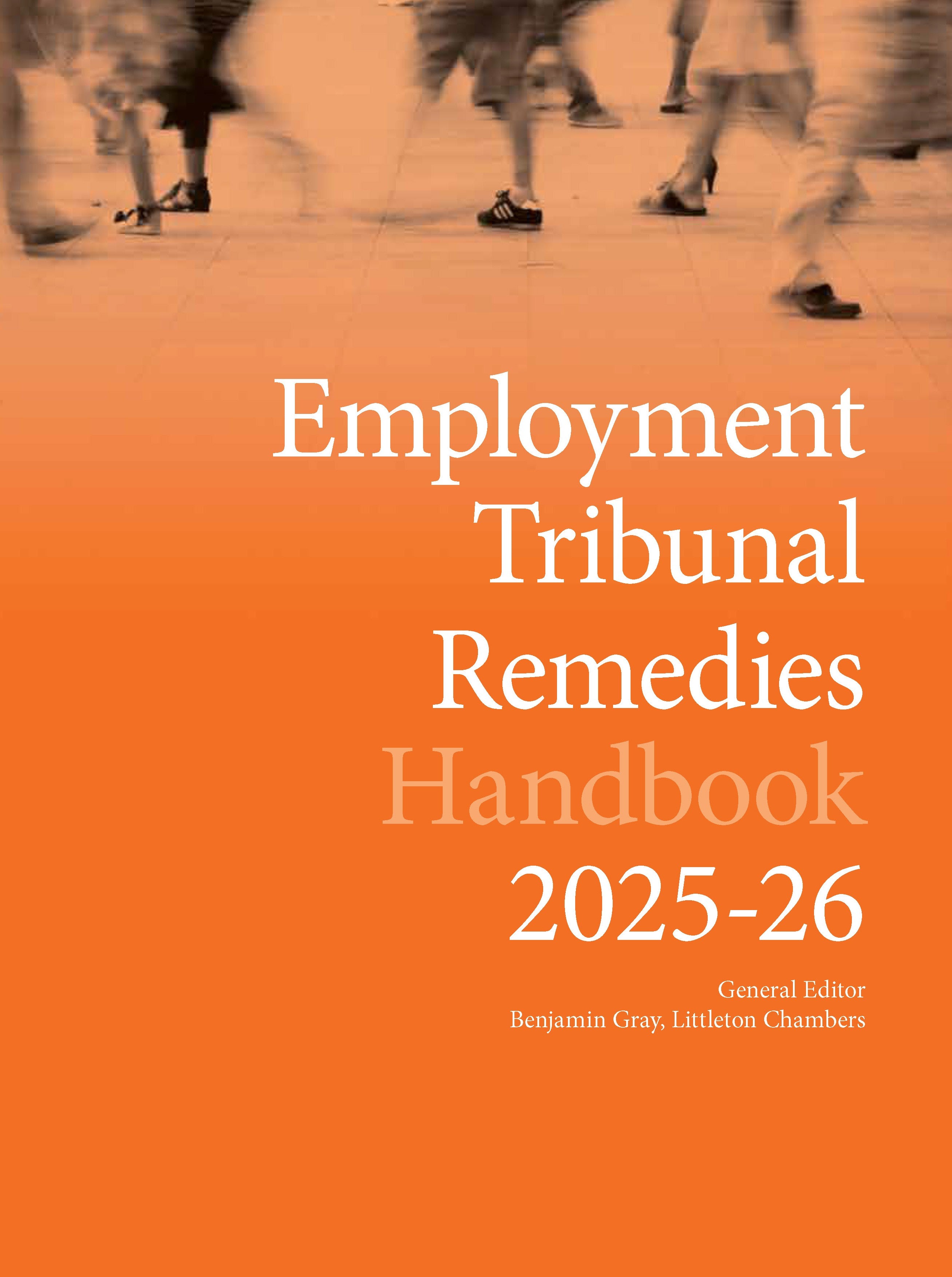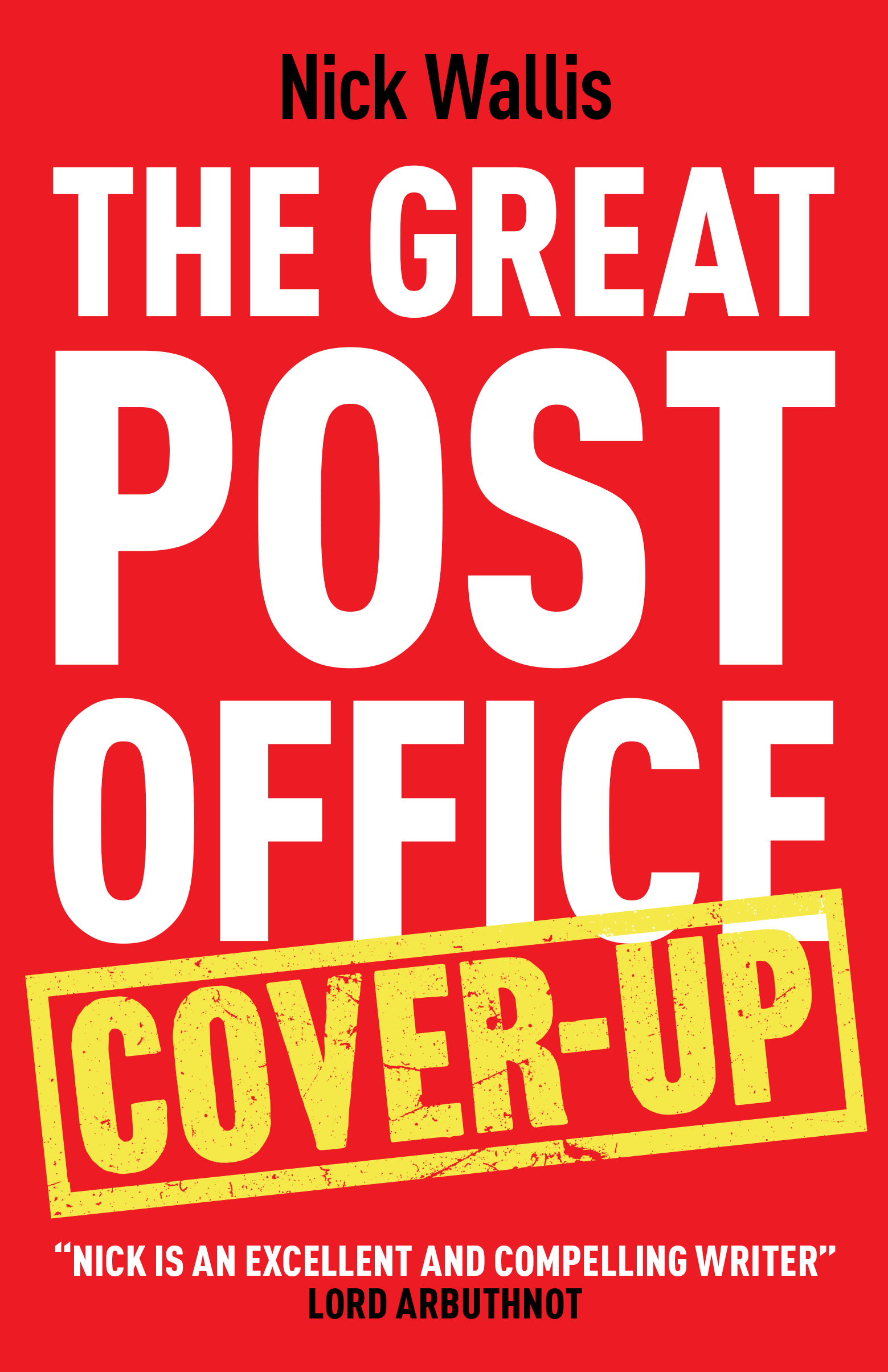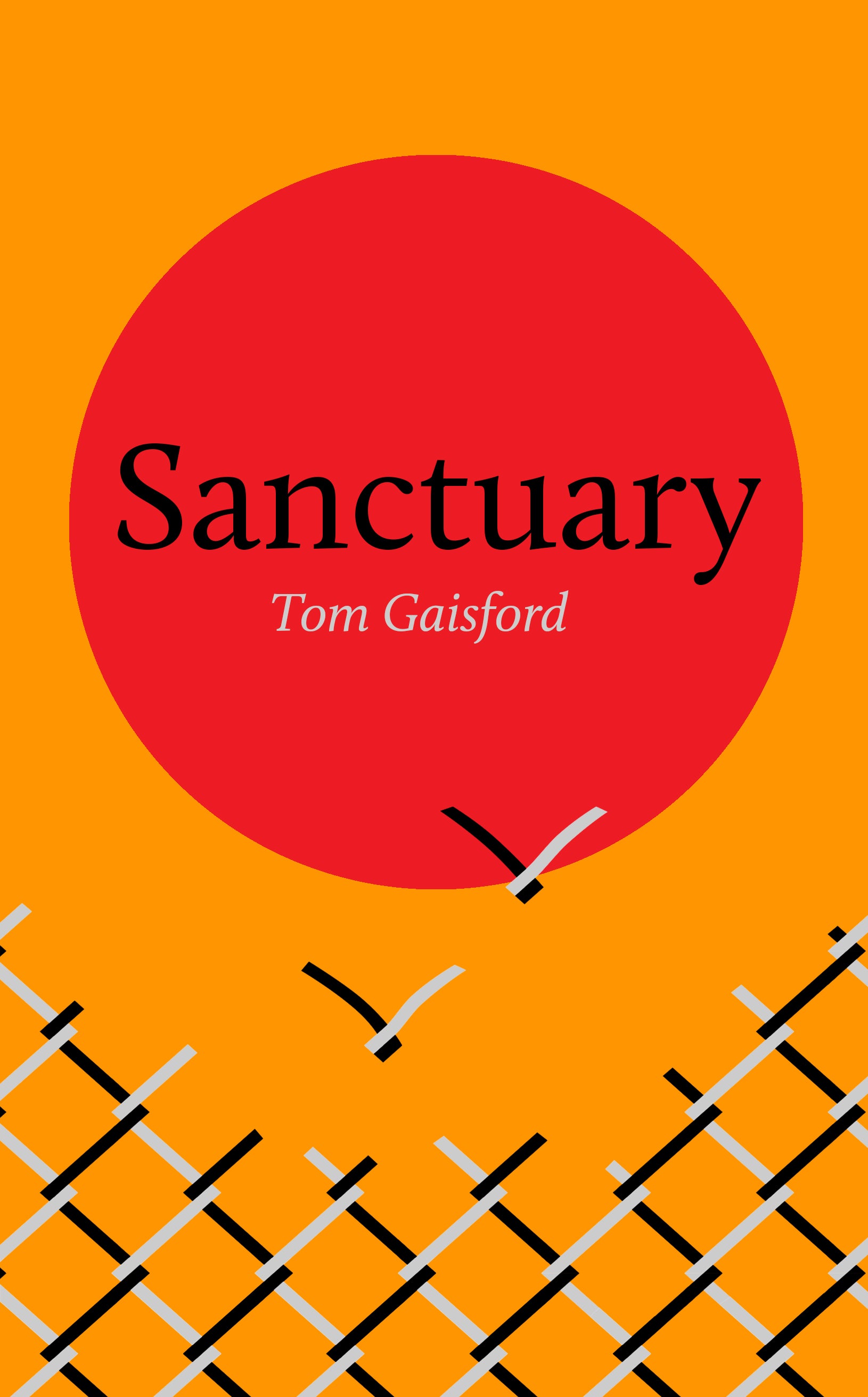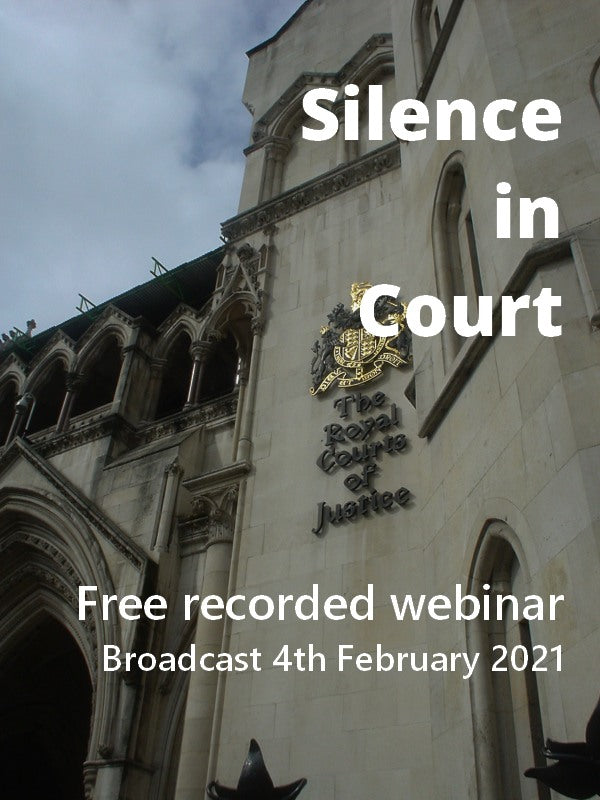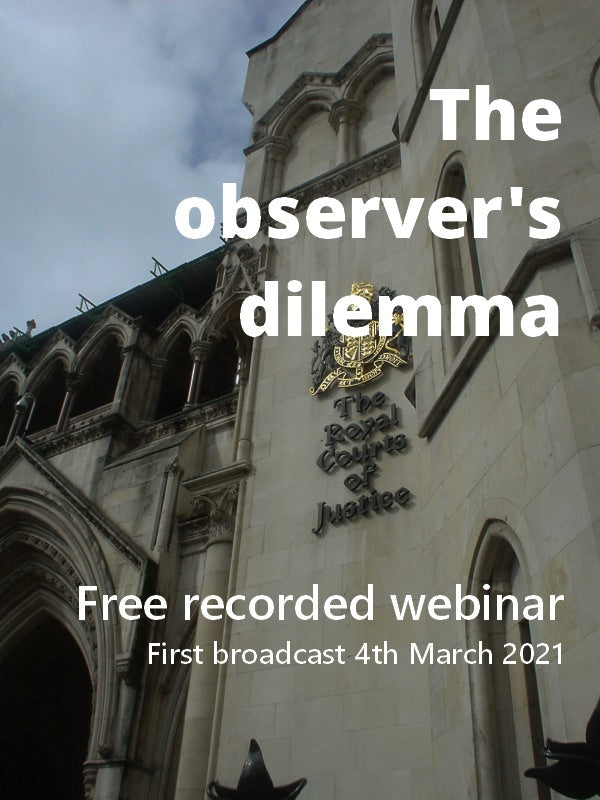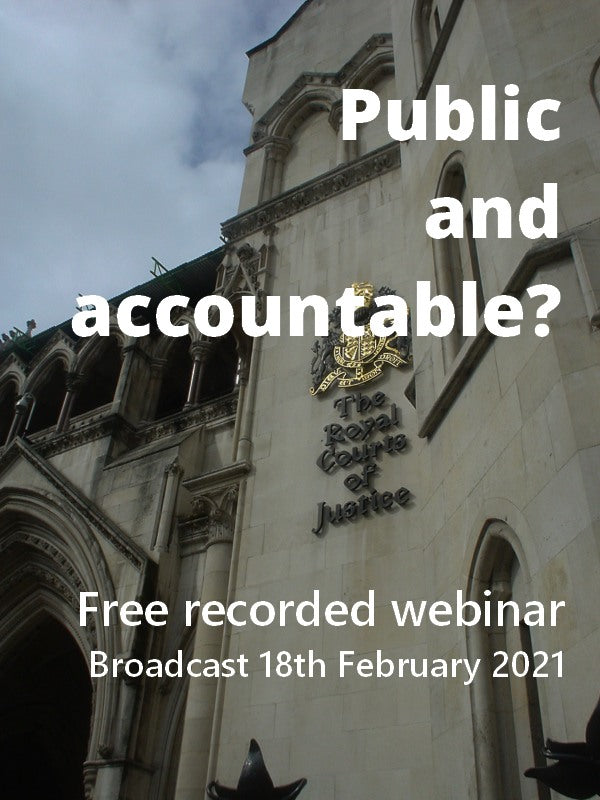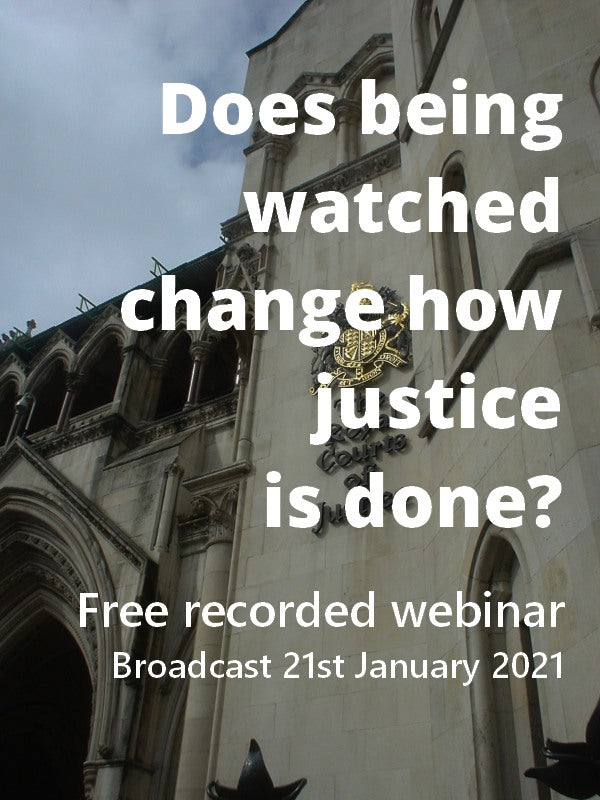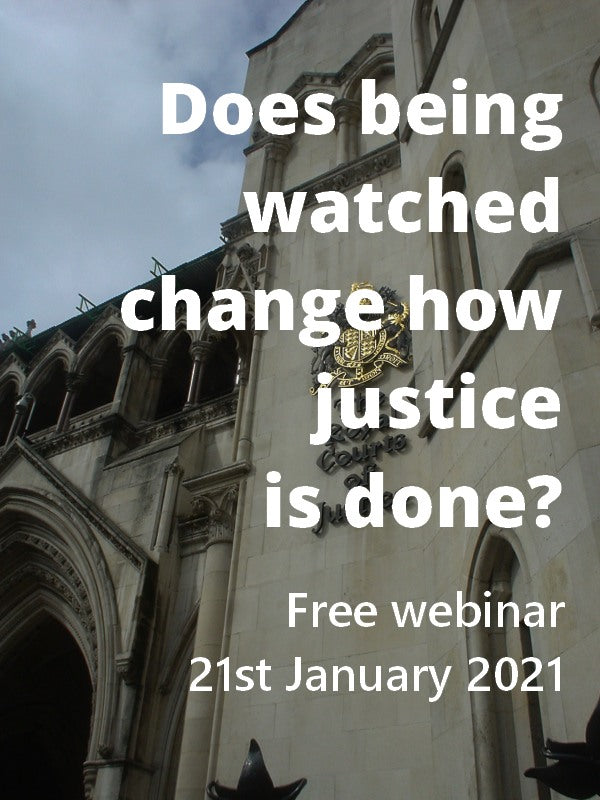This blog post is one of a series of extracts from Insolvency Law Made Clear: A Guide for Debtors, the plain English, practical guidance for anyone facing demands over a debt they are struggling to pay.
-----------
Technically legal aid exists for bankruptcy cases when the individual’s estate includes their home: see paragraph 33(2) of Schedule 1 to the Legal Aid, Sentencing and Punishment of Offenders Act 2012. This legal aid, in theory, should pay for the debtor to get legal representation at the bankruptcy and subsequent possession hearings. The reader may wonder why a homeowner would receive legal aid, but an individual unable to afford their own home would not.
However, due to stringent eligibility criteria, homeowners are also unlikely to receive legal aid. Where an individual has disposable capital of more than £8,000 or a monthly disposable income of more than £733, they are ineligible to receive legal aid for this debt claim.
In the event that an individual is eligible for legal aid, the following website enables individuals to find a solicitor who will work for legal aid rates for a bankruptcy case: https://find-legal-advice.justice.gov.uk/. Since the amount given for legal aid is approximately £180 as the ‘Schedule Authorisation Standard Fee’, it might be doubted whether any professional solicitor would be prepared to offer significant help even to an individual who did qualify, although non-profit-making bodies like local law centres might be prepared to do the work at a loss.
It is unclear from the Legal Aid Authority’s statistics whether any individuals received legal aid in respect of a bankruptcy hearing in 2019.
------------
Read more and buy the book here.



